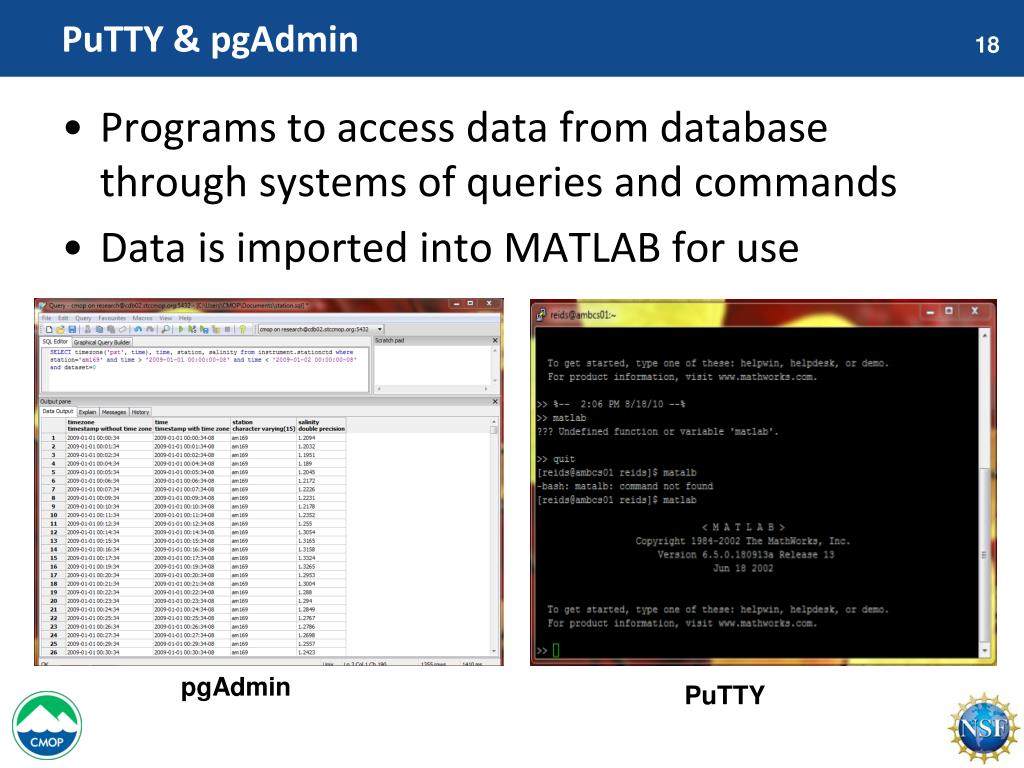

In general, PostgreSQL is a more robust, advanced database management system, well-suited for an organization that needs to perform complex queries in a large environment quickly.
#Create procedure in pgadmin 4 how to
how to get all tables in sql To set up pgAdmin in PostgreSQL, we should follow the steps given below: First, start and launch pgAdmin 4. Before the operator, write the value that we want to convert, and after the operator write the data type that we want to apply to the value.

This solution is based on the one proposed by fei0x but it has the advantages that there is no need to join the value list of constants in the query and constants can be easily listed at the start of the query. Using the ( VALUE::TYPE ) notation: We also called it typecast operator in Postgresql. In the Host field, enter localhost, as the PostgreSQL database is stored on the WHD server. The procedure describes setting up the database server using the psql command-line tool. On completion of the installation, a message is displayed. I found the debugger “a must have” for developing and debugging PL/pgSQL functions in PostgreSQL.Owner: GeeksForGeeks with postgres as the user. When a function call happens, the debugger waits for you to add breakpoints, or step through it line-by-line. In the other context menu, if you choose Debugging -> Set breakpoint the following window opens: Once some values are given (len_from and len_to in our case), it will then break on the first line of the function after the Debug button is clicked. In the context menu choose Debugging > Debug and a Debugger window will open to prompt for any parameters (as seen in the below figure). We have now two new tools, Debug and Set BreakPont, as shown in the following figure: In pgAdmin navigate to the same database and right click the PL/pgSQL function get_film_count(integer,integer).

Now let us assume that we want to debug the get_film_count (len_from integer, len_to integer) function that returns the number of films that have the length between len_from and len_to. You can do this either from the PostgreSQLcommand line or from pgAdmin directly. The last step is to enable the debugger in a PostgreSQL database that you want to debug by installing the extension with: Sudo tail -f /var/log/postgresql/postgresql-13-main.log In order to check if everything is up and running, you need to check the PostgreSQL log: Once this part is done you need to restart PostgreSQL service by: Save the changes (Ctrl+X and press Y followed by Enter). Shared_preload_libraries = 'plugin_debugger' Use Ctrl+W to search for shared_preload_libraries, replace it with: Once installed, you need to edit the nf by:
#Create procedure in pgadmin 4 install
Sudo apt-get install postgresql-server-dev-13 In case that the package is not available it can be also compiled: Sudo apt-get install postgresql-13-pldebugger In my case I have already installed PostgreSQL version 13.3 and pgAdmin version 5.4 so I will not cover how to install these two. I thereby explain the necessary steps to install and enable the debugger. Once installed, it can be very useful to debug PL/pgSQL functions in PostgreSQL, EDB-SPL functions, or stored procedures. The debugger is an extension of PostgreSQL installation and it needs to be installed and configured in order to be able to use it.


 0 kommentar(er)
0 kommentar(er)
